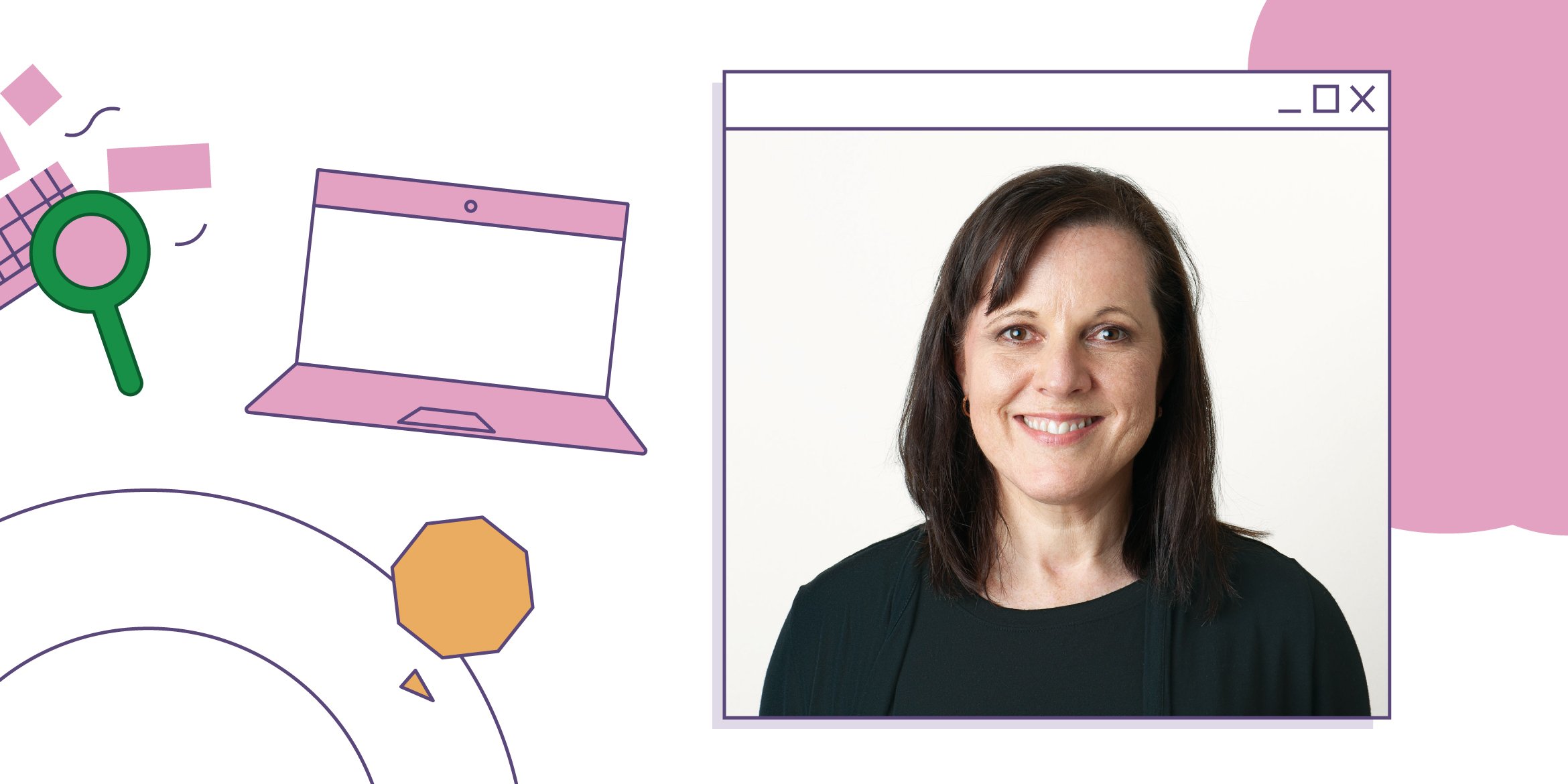At our recent event, Circular IT management in a linear world, we discussed how you can lower both greenhouse gas emissions and costs by using IT products in a smarter way. Event attendees asked many interesting questions and we didn’t have time to respond to them all. Clare Hobby, Global Purchaser Engagement Director at TCO Development, helps get us up to speed.
When it comes to circular procurement, what do you recommend purchasers do to get the ball rolling?
The best thing you can do is use the products you have for a longer period of time. Start by looking at what you have today and ask if you could use them for one or two more years? Servicing and maintaining your IT products is a good way to do this.
Do you have any suggestions for how circularity should be measured for the purpose of standardizing public procurement procedures?
A couple of things we see organizations doing are firstly extending the use cycle in their specifications, for example by asking for extended product warranties and service agreements. Doing this is a great way to calculate cost savings compared with buying new. Secondly, think about buying refurbished products — and specify in your tenders that a minimum percentage of products are refurbished or remanufactured.
How can purchasers measure environmental impacts of their products?
Take a look at our Product Finder — there you can see some sustainability performance indicators for every model we certify. These include total product weight, energy consumption and the percentage of recycled plastic content, for example.
How can purchasers work together to put pressure on industry for more sustainable products?
When more purchasers use a unified set of criteria, the louder their voice becomes. An easy way to do this is to join other purchasers in using TCO Certified in purchasing specifications.
What incentives could be offered to prolong the life of IT products, in the workplace in particular?
Cost savings are a big one. By using products longer you’re able to lower your total cost of ownership, and don’t forget that used products also contain a lot of embedded value. Think about selling them to a refurbisher — boosting your bottom line and giving those devices a second life!
What’s the trend when it comes to repair and refurbishment, will these costs go down?
The more organizations engage in buying and selling refurbished, the faster we can reach economies of scale and a widespread repair culture. Too many organizations are holding onto used inventory instead of recouping that value by getting it into the refurbishing loop.
Why is the interest to buy refurbished so low, and what can change that?
We need to change our mindset about products that aren’t new. A computer these days can be refurbished or remanufactured to look and perform like new — at a lower cost to the buyer!
How can purchasers work with e-waste and waste compensation and make material use circular?
Circular solutions, such as using products longer and buying refurbished, are a step in the right direction. If you’re looking to offset e-waste, I encourage you to take a look at our criterion TCO Certified Edge, E-Waste Compensated. When you buy an IT product certified according to the TCO Certified Edge, E-waste Compensated, an equivalent amount of e-waste is collected in a country that is lacking in safe recycling systems.
How can purchasers work with second-hand products? What should they think about in these types of contracts?
Start by partnering with a reputable IT refurbisher. Some purchasers are successfully incorporating refurbished products as a proportion of their total IT inventory. Consider including a minimum percentage of refurbished products in your procurement policy.
Want to learn more?
Our report, Impacts and Insights: Circular IT Management in Practice investigates how circularity can be implemented on the ground when you procure and use IT products. You can also check out the on-demand version of our event, Circular IT management in a linear world.




